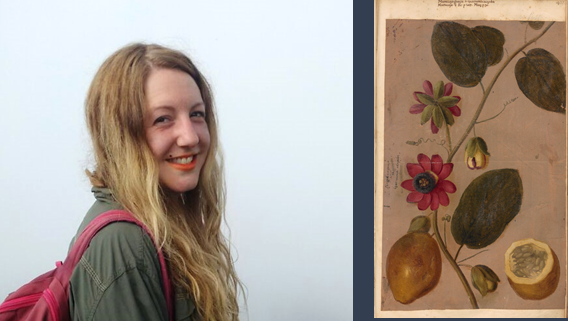
A stunning collection of 17 th century plant illustrations -included in the so-called Libri Picturati- was considered lost after World War II and then brought up again into academic research in the 70s. This has been, ever since, studied mostly from an (art) historical perspective. We now look at it through the botanical lens to identify the taxa behind its more than 200 oil-based paintings, pencil sketches and watercolors. These images aim to represent the flora as encountered by naturalists and artists in Dutch Brazil during count Johan Maurits' rule (1636-1644).
Based on taxonomic identifications, we checked origin, life form, domestication and conservation status and the plant parts that are represented. By doing this, we shed light into methods of plant collection in the early modern period, we traced the first records of the sunflower and the Ethiopian pepper in northeast Brazil, and we looked into plant dispersion and assimilation by Indigenous, African and European peoples in the colony.
Through this talk, you can not only exchange your constructive feedback and ideas, but also actively participate in solving this puzzle as some of the plant illustrations still remain unknown. Would you like to give it a try? I am looking forward to hearing your botanical insights!
Mireia Alcántara Rodríguez is a Ph.D. candidate at Leiden University's faculty of archaeology.
Her colloquium talk will be on Thursday April 29.